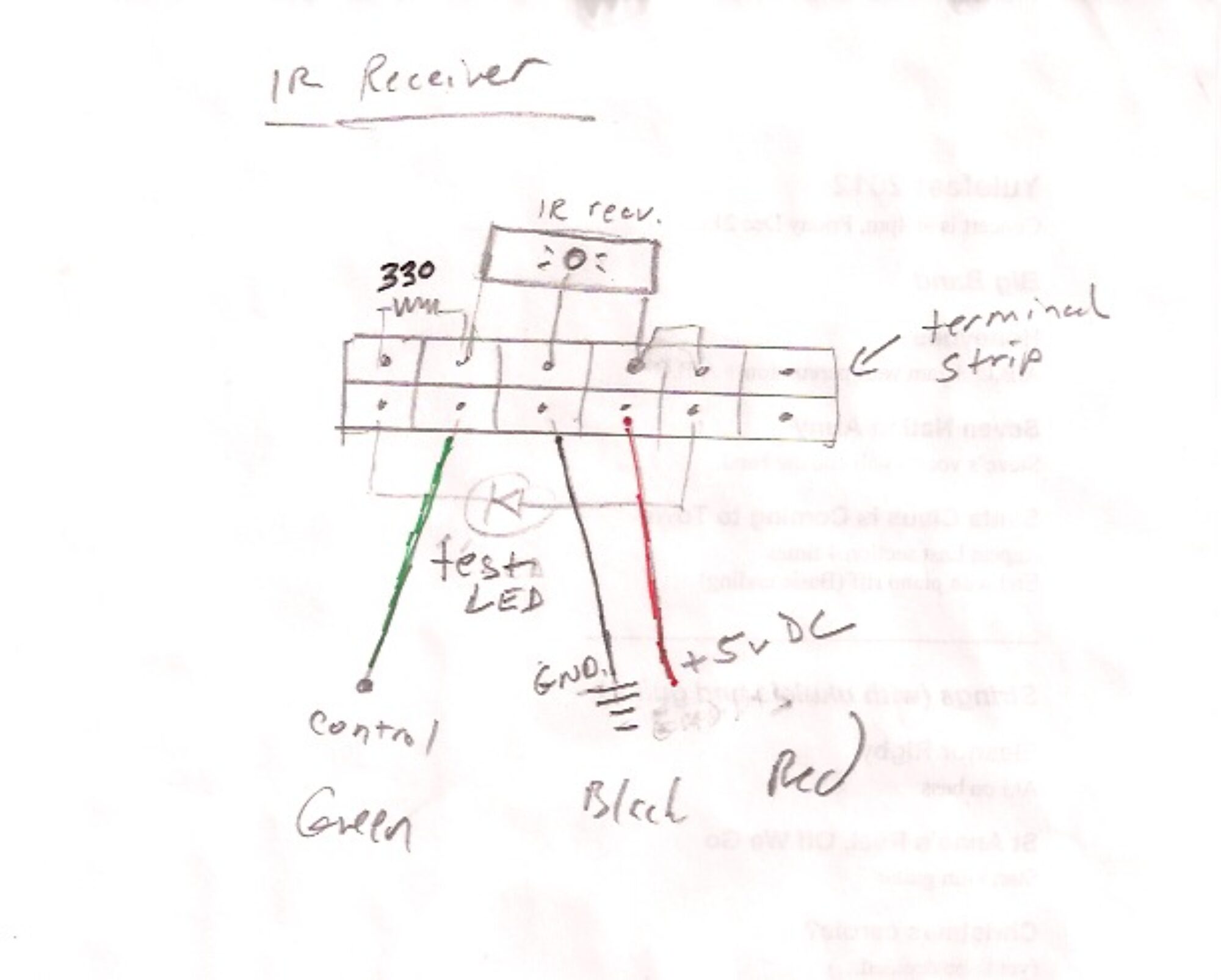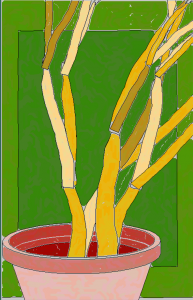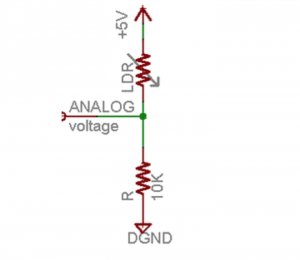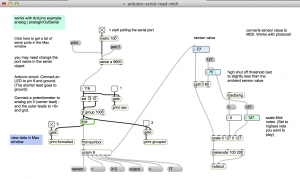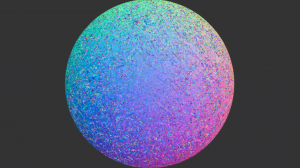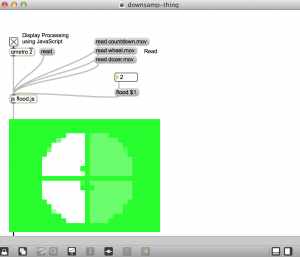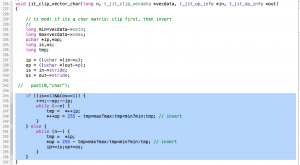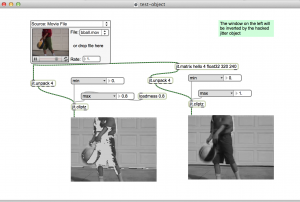Notes and circuits
“The regenerative circuit (or regen) allows an electronic signal to be amplified many times by the same active device”
From Wikipedia: http://en.wikipedia.org/wiki/Regenerative_circuit
In other words it uses feedback.
Charles Kitchin, N1TEV
“High Performance Regenerative Receiver Design”, QEX Nov/Dec 1998: http://www.arrl.org/files/file/Technology/tis/info/pdf/9811qex026.pdf ”
A Shortwave Regenerative Receiver Project”, http://www.electronics-tutorials.com/receivers/regen-radio-receiver.htm
A two part video presentation: https://youtu.be/gcr7hSjTqd8
Google search, kitchin regenerative receiver, https://www.google.com/?gws_rd=ssl#q=kitchin+regenerative+receiver
Derivatives
- Steve Yates, “Regenerative Receiver”, http://www.aa5tb.com/regen.html
- Cliff Donley, http://n9sja.com/2012/11/15/k8tnds-take-on-the-kitchin-regen/
- N9SJA, Varactor Tuning, http://theradioboard.com/rb/viewtopic.php?t=4706
Makota, 7N3WVM
- website: http://www.qsl.net/7n3wvm/
- receiver: http://www.qsl.net/7n3wvm/regen.html
Derivatives
- From QRP-Popcorn, by Todd, VE7BPO http://qrp-popcorn.blogspot.com/2015/02/regenerative-receiver-4.html
- Dave Richards, “The Sproutie” https://aa7ee.wordpress.com/tag/charles-kitchin/
- Dan Wissell, N1BYT, “The WBR Receiver” http://pe2bz.philpem.me.uk/Comm/-%20ARRL/Build-Service-Design/Receivers/TheWBR-BetweenRegen+Direct/0108034.pdf
“… the design virtually eliminates the negative aspects of regenerative receivers such as antenna radiation, frequency pulling, micro- phonics and hand capacitance effects.” Ironically these are the features I am looking for.
Circuit Salad
By Ray Ring
- http://circuitsalad.com/2012/09/30/a-high-performance-regenerative-radio/
- http://circuitsalad.com/2014/12/06/another-excellent-performing-regen-circuit-coming-shortly/
- http://circuitsalad.com/2015/01/27/yet-another-variant-of-the-junk-box-regen-this-one-is-really-weird-but-is-an-excellent-performer/
More…
- DXZone: http://www.dxzone.com/catalog/Technical_Reference/Receivers/Regenerative_Receiver/
- archive.org, regenerative receiver, https://archive.org/search.php?query=regenerative%20receiver
- Google search, regenerative receiver design, https://www.google.com/?gws_rd=ssl#q=+regenerative+receiver+design
- Ramon Vargas Patron: http://www.zen22142.zen.co.uk/Circuits/rf/swr.htm
- Small portable regenerative receiver by PA2OHH: http://www.qsl.net/pa2ohh/03rega.htm
